You should definitely keep this in mind when separating waste

If you want to live more sustainably, you should definitely pay attention to the correct waste separation. Because if we separate waste properly, we save valuable resources and protect the environment. Overall, almost 60% of our waste is recycled. But this is only possible with the right waste separation. Recyclable materials such as plastic, waste paper, waste glass and electronic scrap are best recycled if they are hardly contaminated and sorted. If you are unsure what goes in which garbage, you can ask your local waste disposal company. We have also summarized the five most common mistakes when separating waste for you here:
Mistake 1: Coat cardboard boxes into waste paper.
Frozen boxes and Tetra Paks are usually coated with plastic and/or metal and therefore belong in the yellow bin or in the residual waste.
Mistake 2: All plastic items in the yellow bin.
Only plastic packaging belongs in the yellow bin. All other plastic items belong in the residual waste.
Mistake 3: Every glass in the waste glass container.
Only used glass, i.e. glass that was used as packaging for drinks, food, medicines or cosmetics, belongs in the used glass container. It is important to pay attention to the color of the glass, otherwise contamination may occur. And: Unscrew the caps beforehand and throw them in the yellow bag.
Mistake 4: handkerchiefs in the waste paper.
Used handkerchiefs, serviettes and kitchen paper belong in the residual waste. This also applies to heavily soiled paper and cardboard that can no longer be reused.
Mistake 5: Receipts or tickets in the waste paper.
This paper is almost always coated and therefore belongs in the residual waste. Did you know that the substance "Bisphenol A" contained in thermal paper has been classified as being of very high concern?

Why you should avoid organic garbage bags
Did you know that organic garbage bags are not as environmentally friendly as you might first think? Although they are made from plant-based raw materials (e.g. sugar beet, potatoes or corn) and are therefore not a classic plastic, bio-plastic has no place in organic waste either. Bioplastics only decompose slowly and never completely. According to the DIN EN 13432 standard, a product is considered biodegradable if the material has decomposed by 90% into water, carbon dioxide or biomass within a specified time and under certain conditions. Small plastic particles remain. Only very few composting plants in Germany can process the organic garbage bags at all. In most cases, the bags have to be removed in a complex technical process instead. By the way, you should also do without the paper bags for organic waste. Unless they are coated, they are biodegradable, but unless the paper is recycled, they use a lot of water to make them. It is best not to use a garbage bag at all. If you have your own compost at home, then of course you've hit the jackpot. Otherwise, old newspapers are also perfect as garbage bags for organic waste.
Garbage is best, of course, when it never occurs in the first place. Waste that has been thrown away is not gone, it is just somewhere else. However, it is hardly possible to produce no waste at all. And that doesn't have to be the case. It has a positive impact on our environment if we rethink our consumption and pay attention to small things like separating waste, especially when it comes to plastic waste.
If you would like to be informed directly about the latest blog posts, please follow us Instagram ! :-)
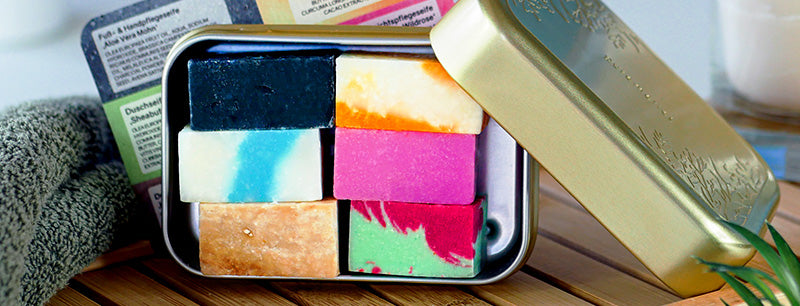
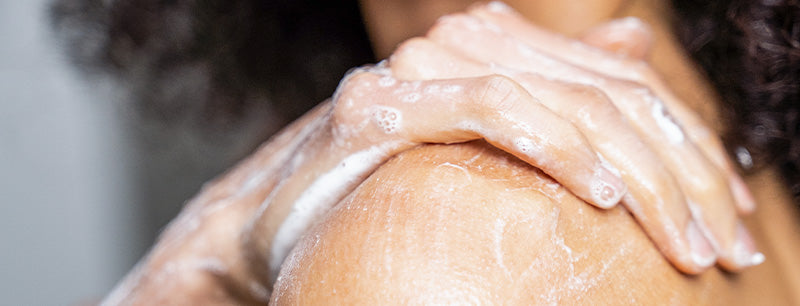
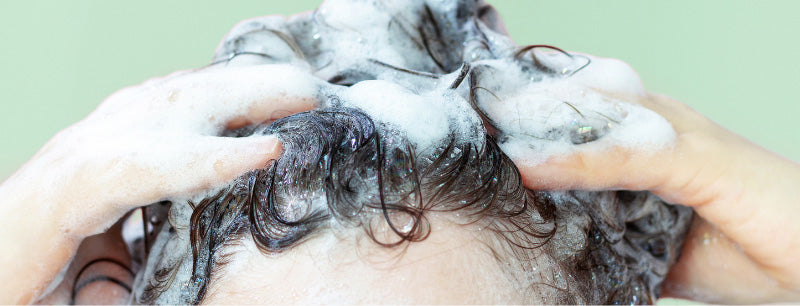
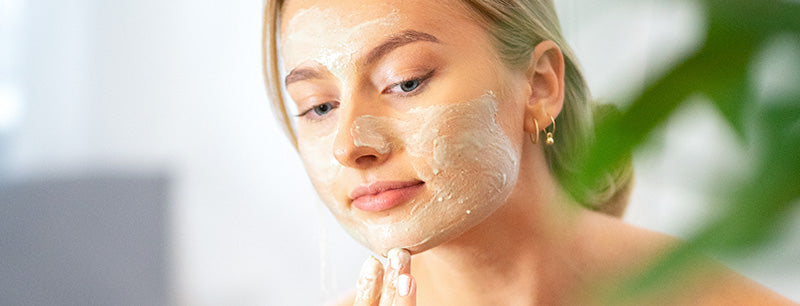
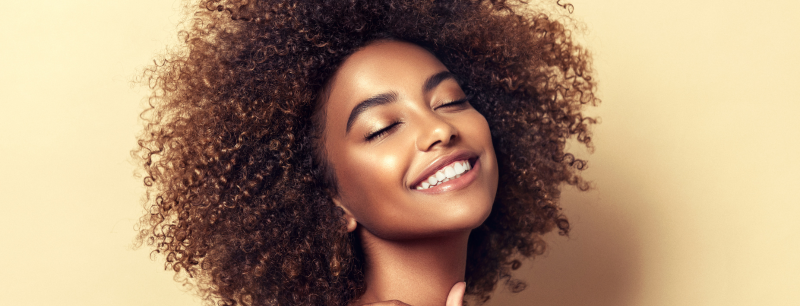
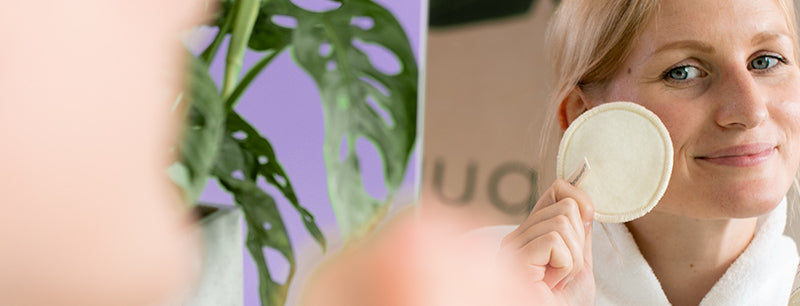
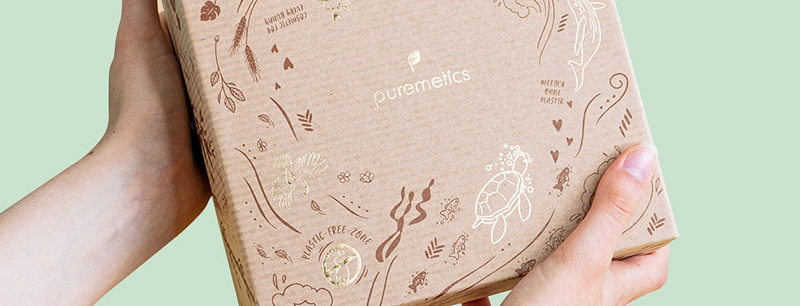

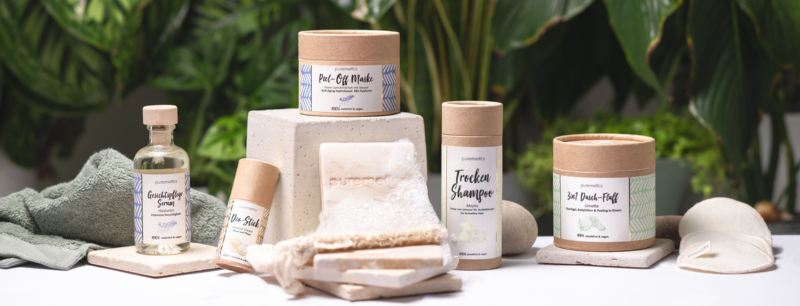





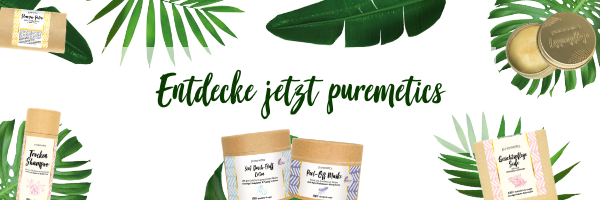



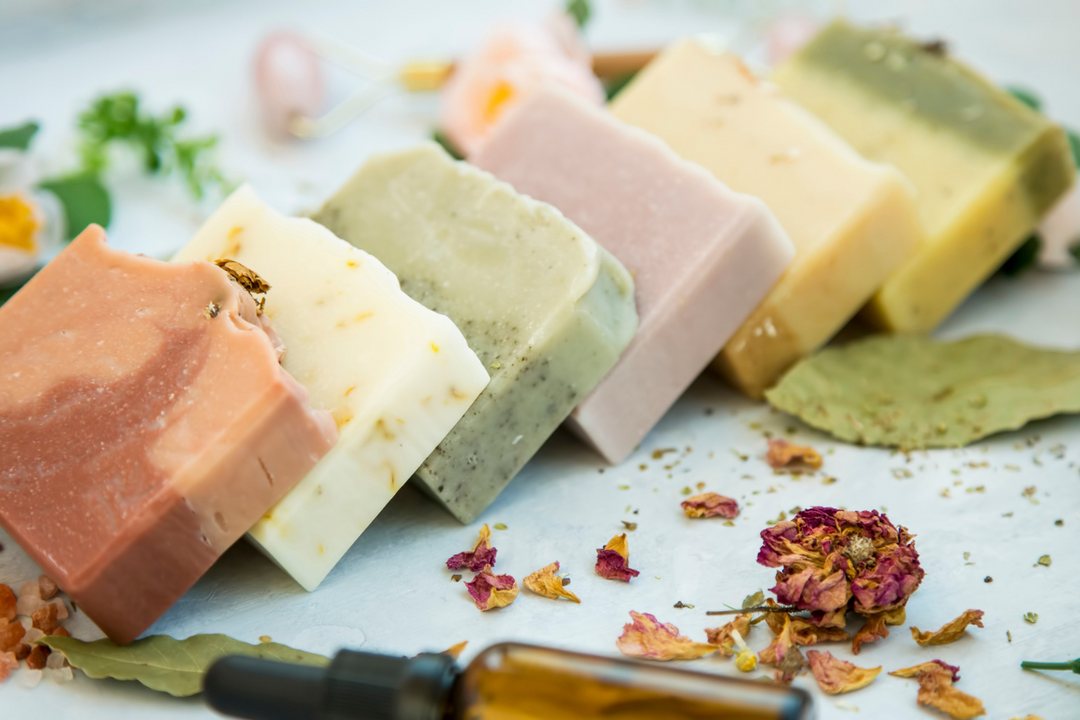
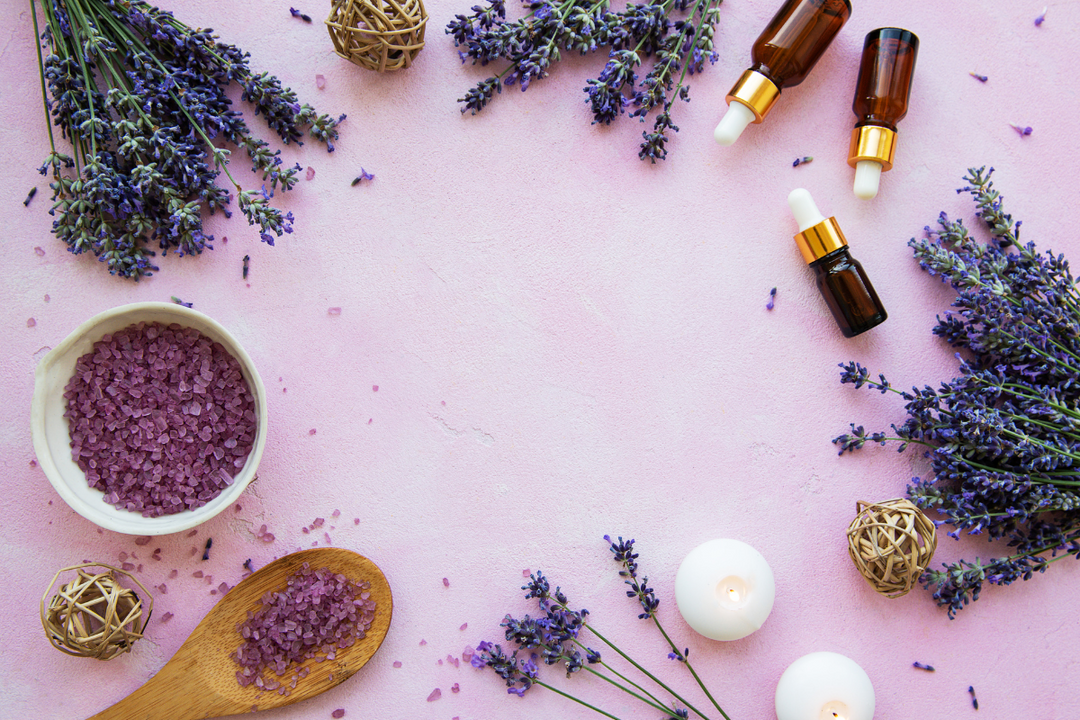
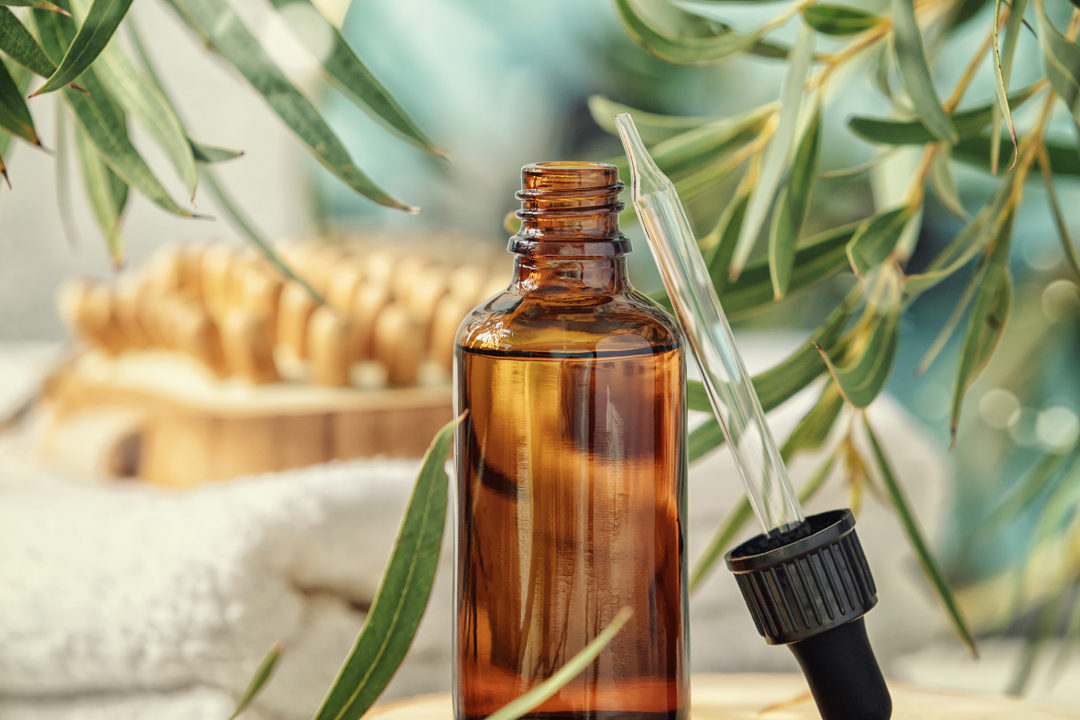
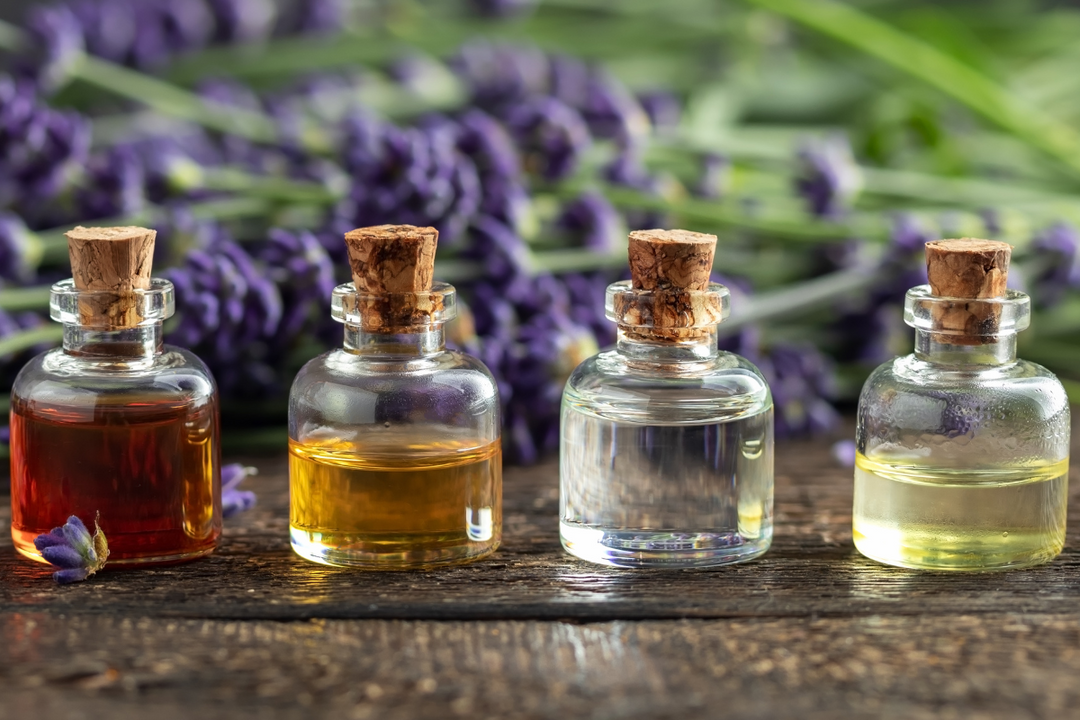

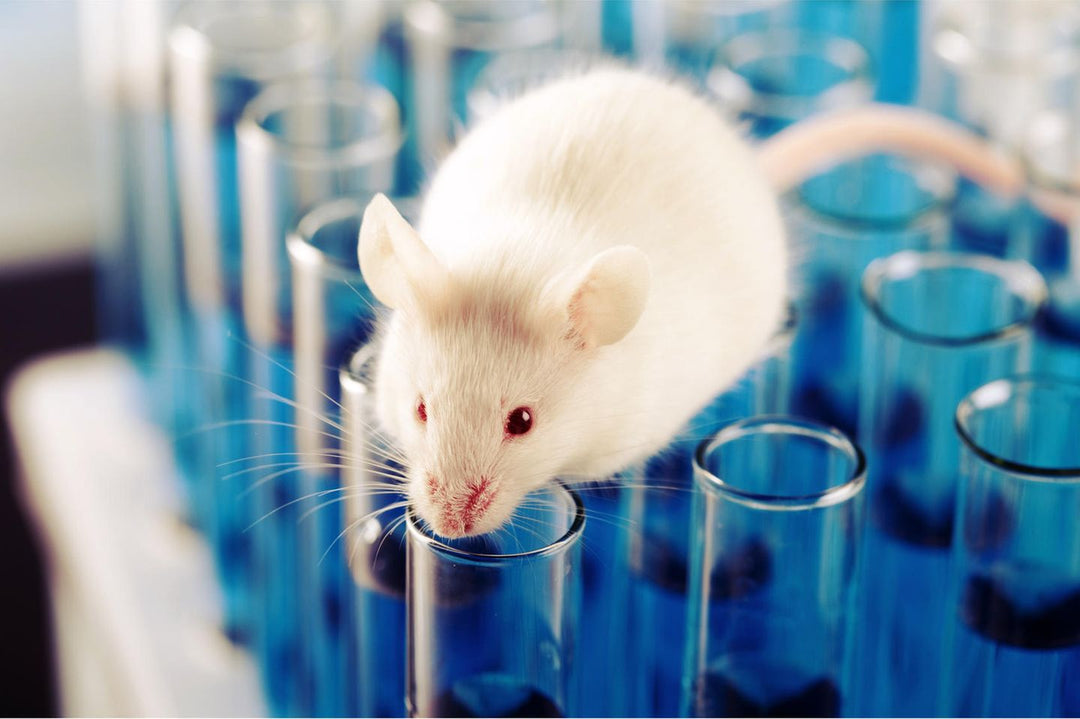
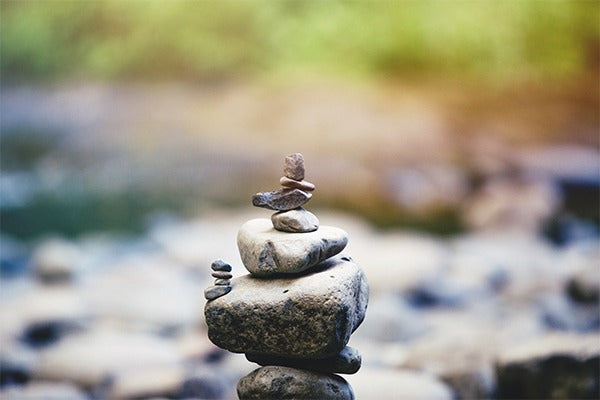
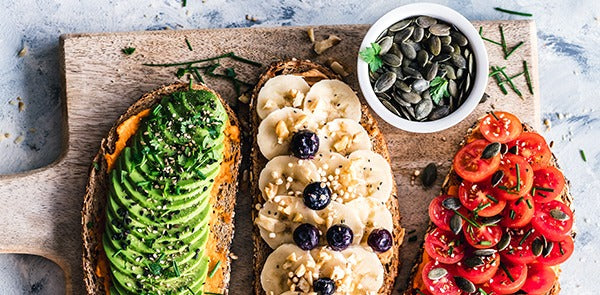
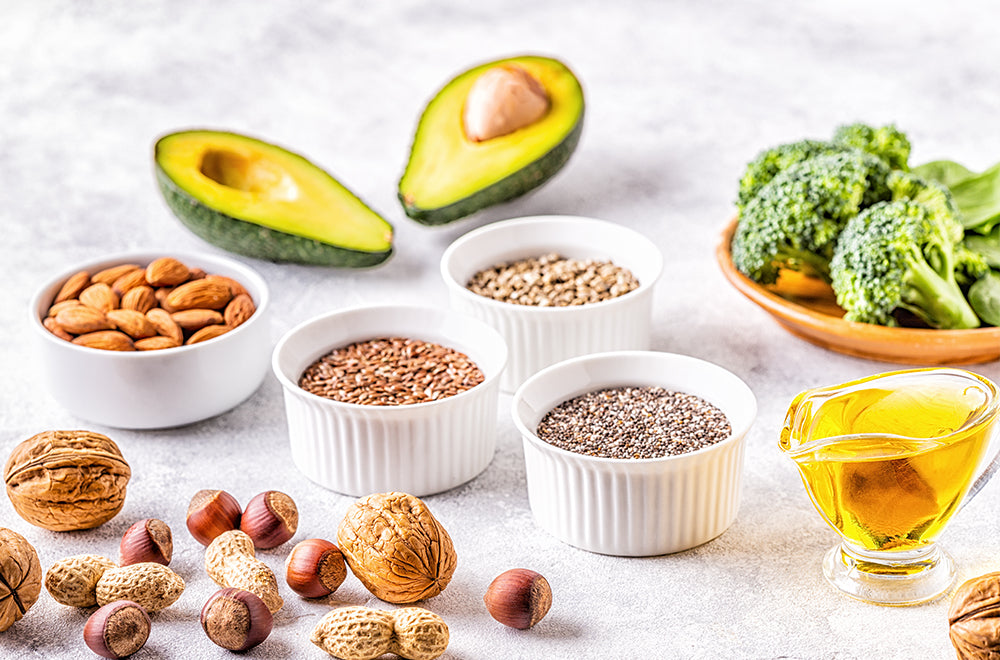
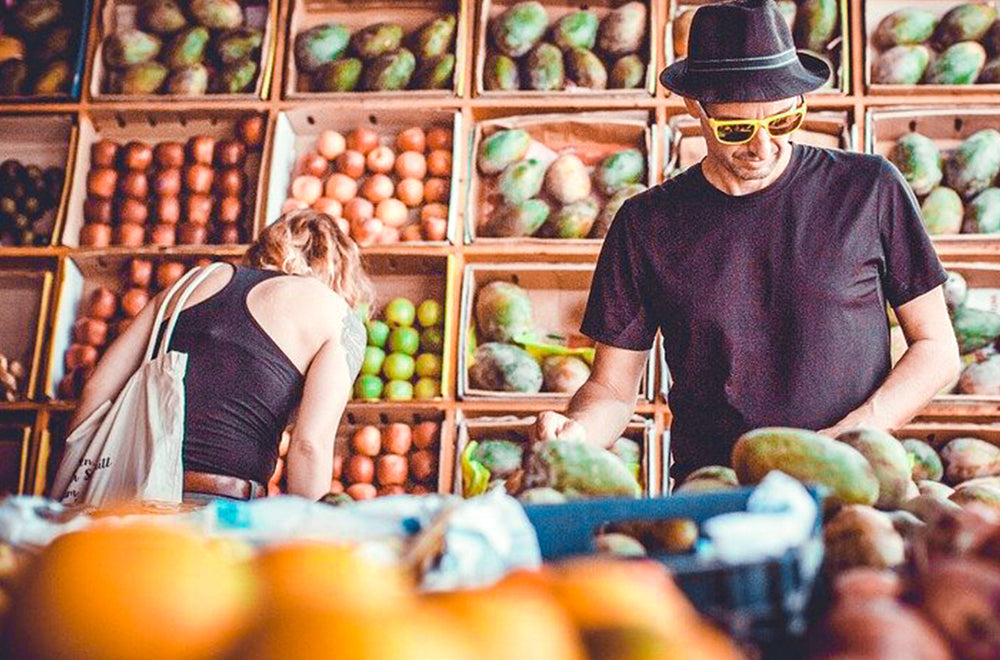
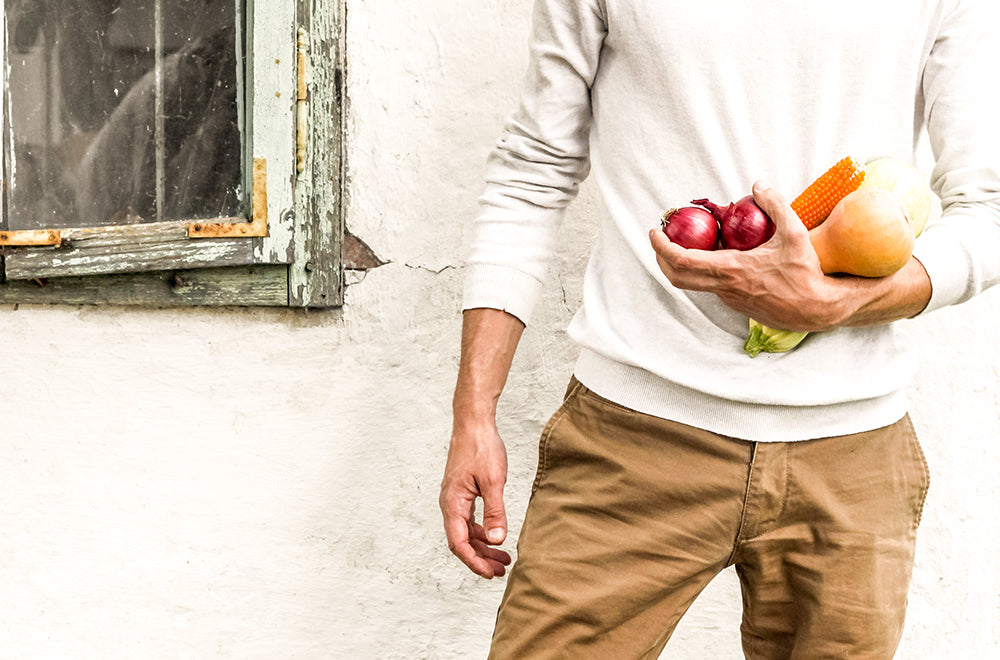
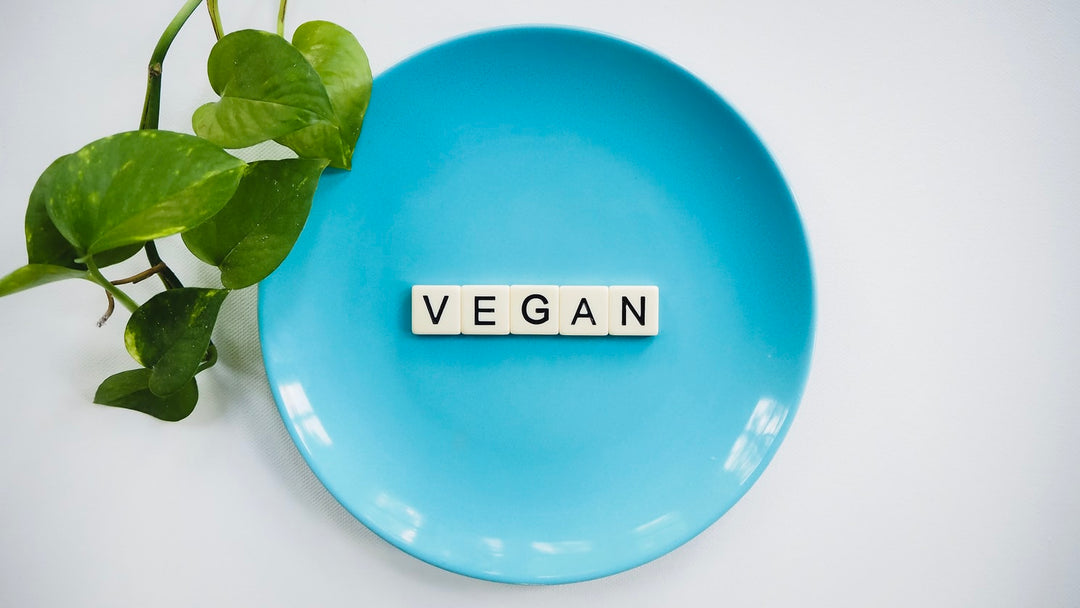

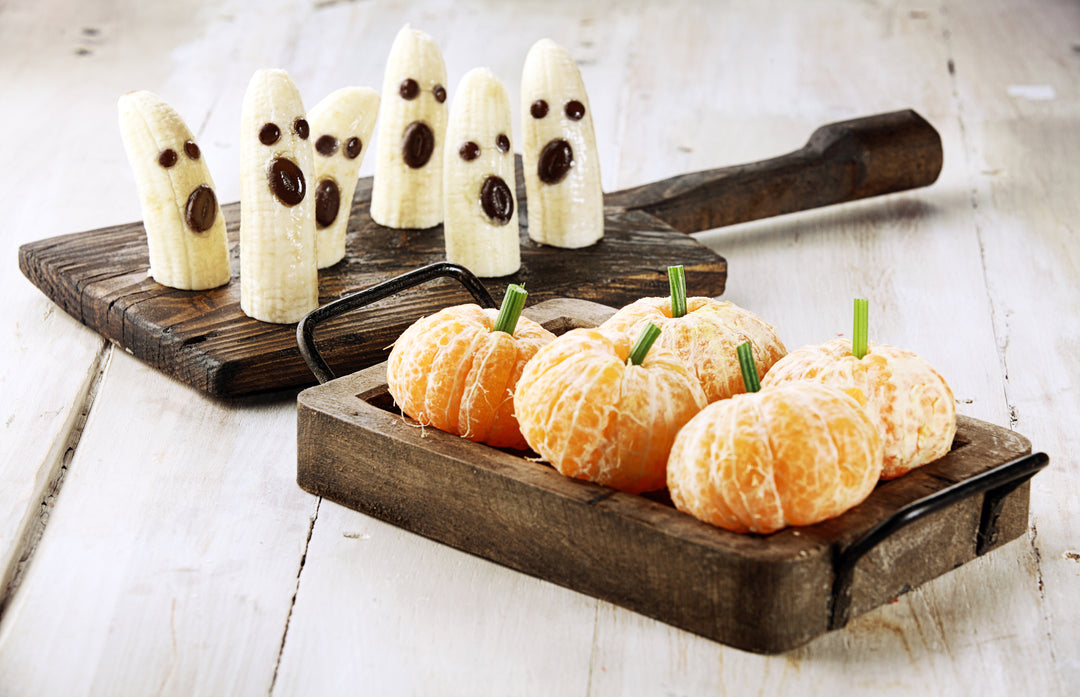
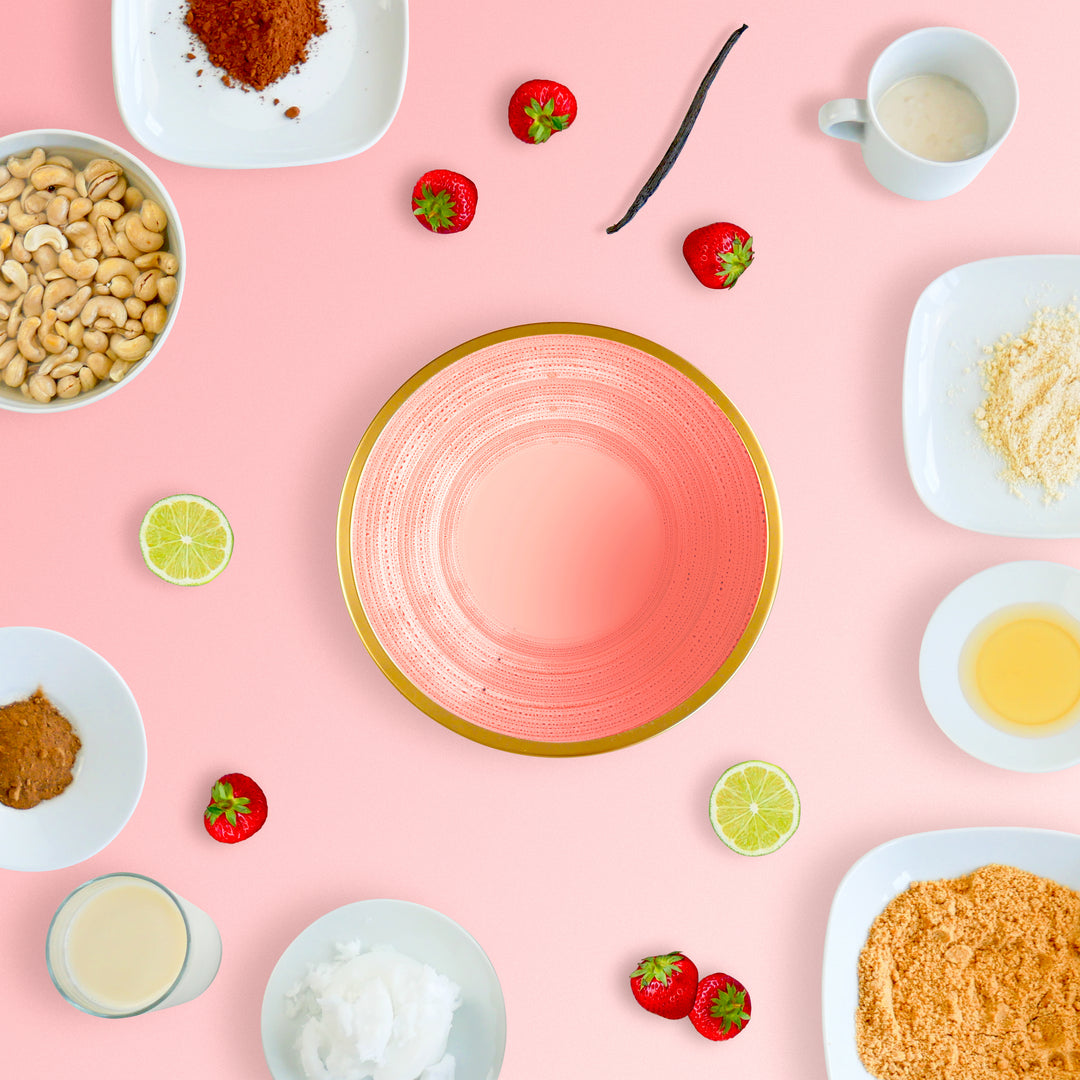


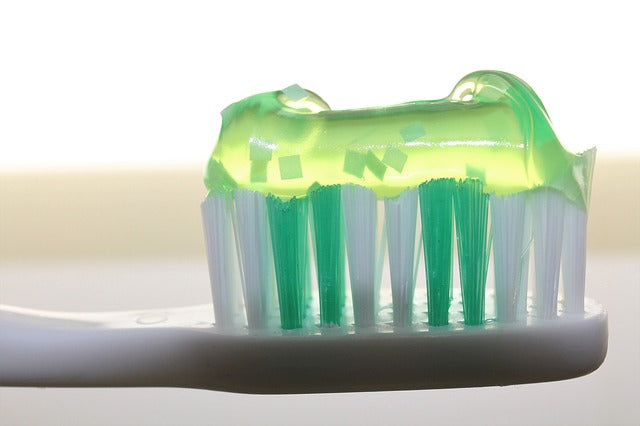
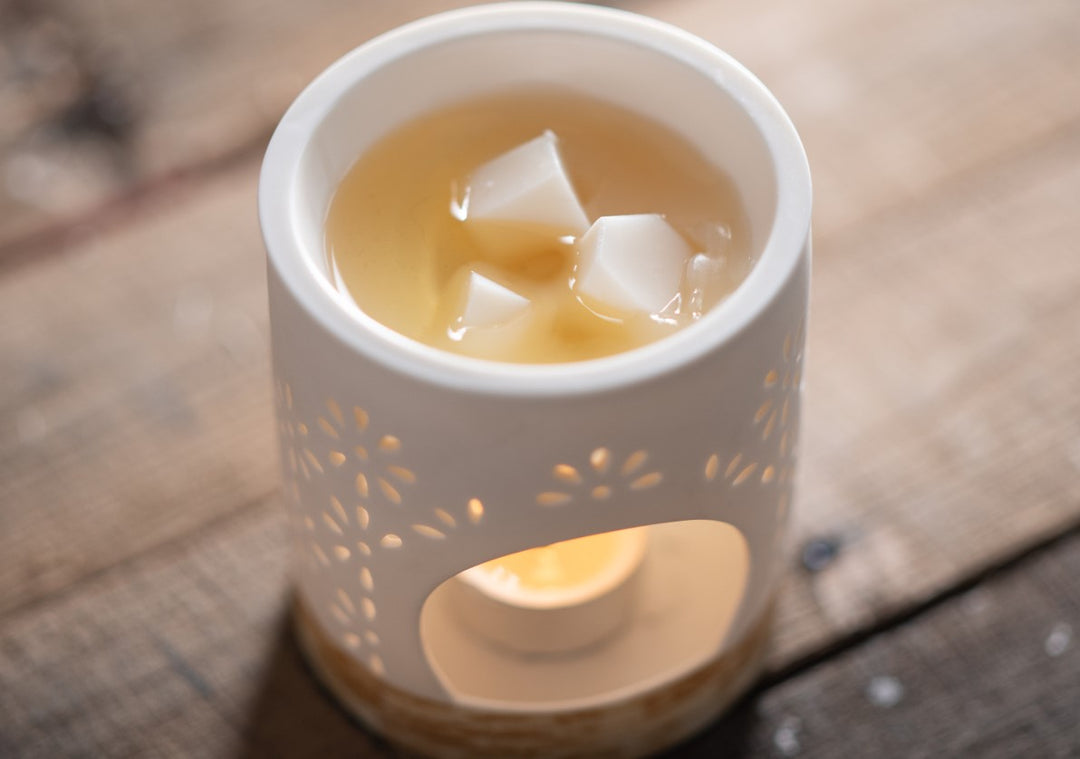
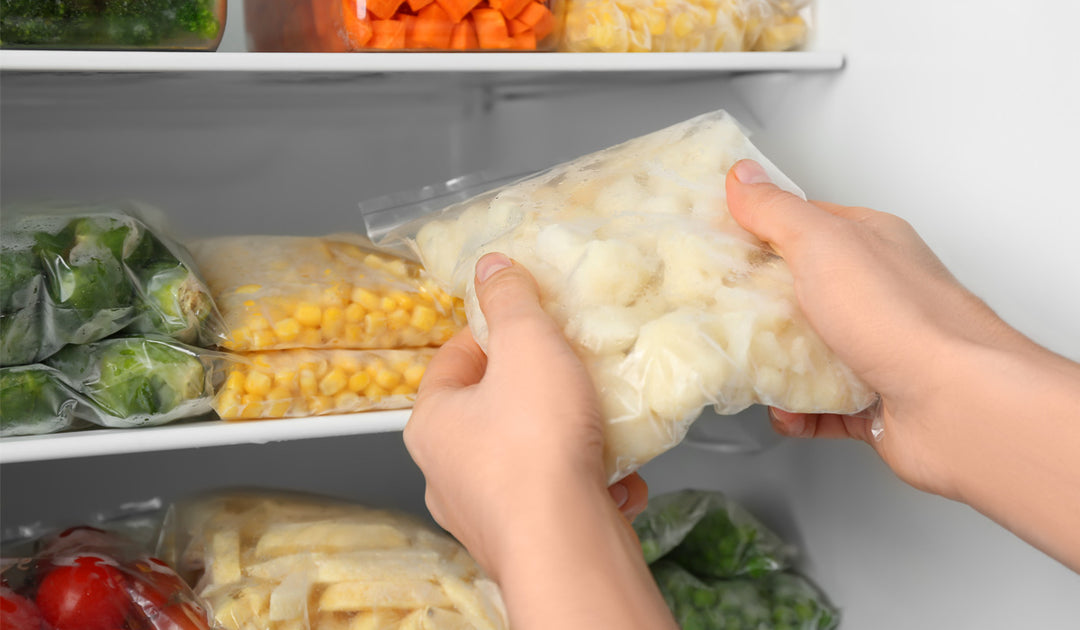
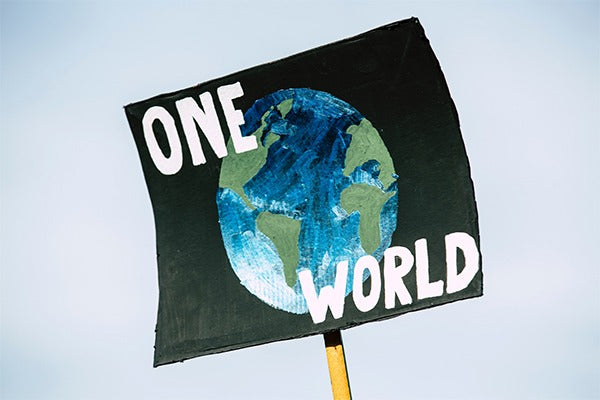

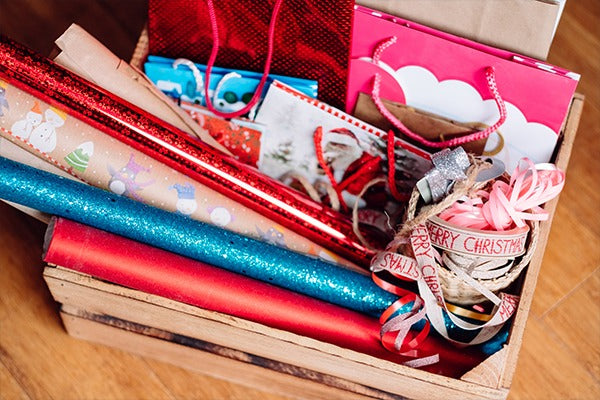
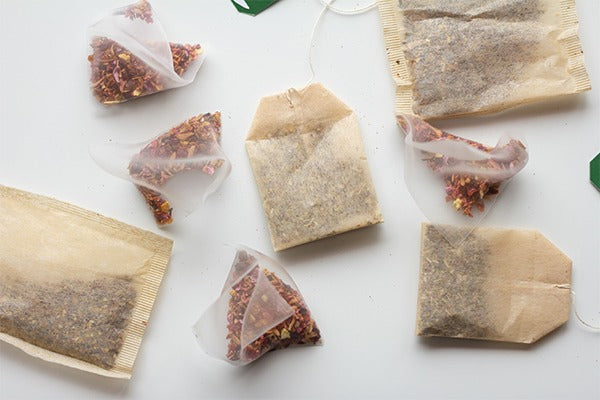
Leave a comment